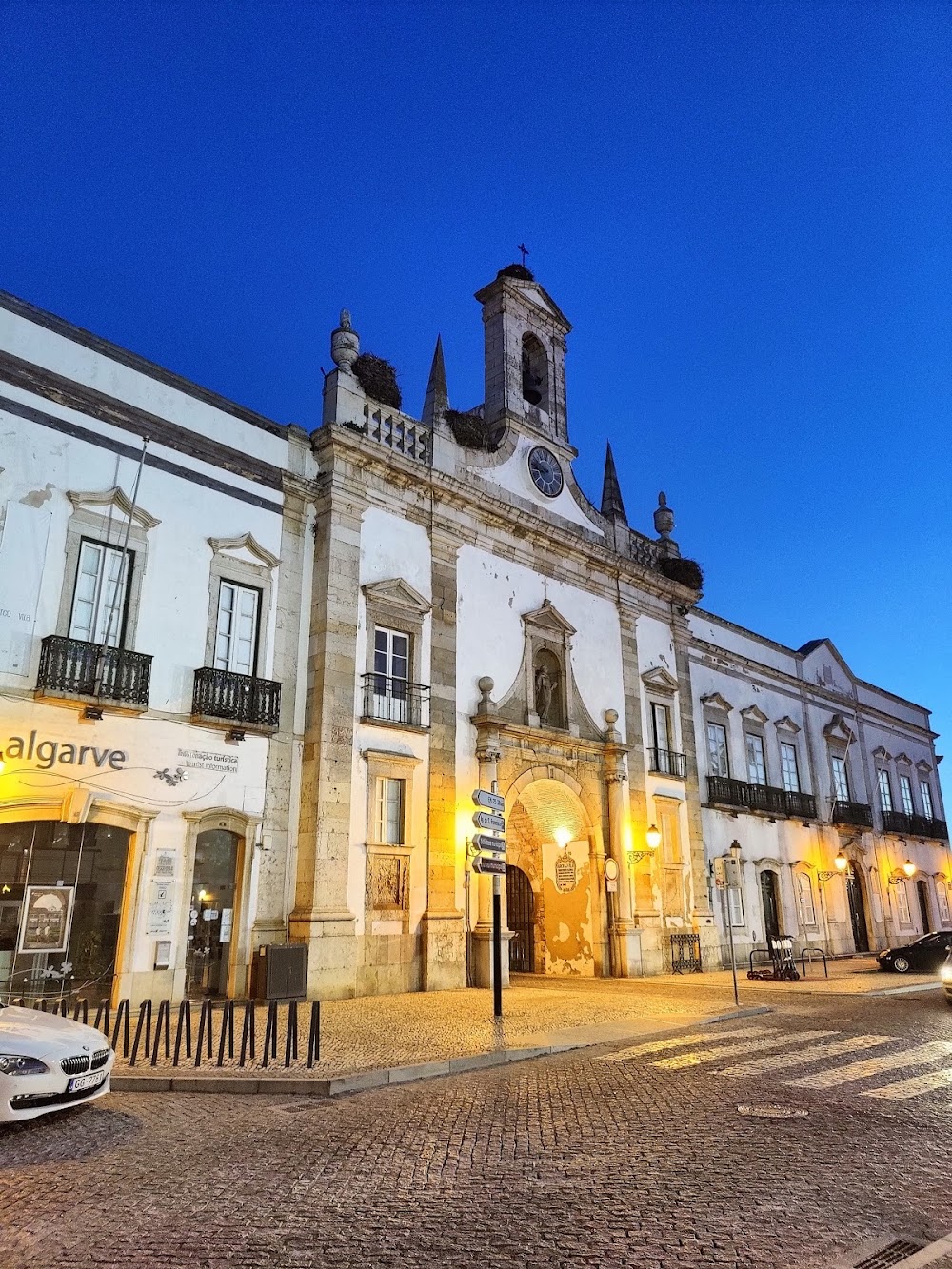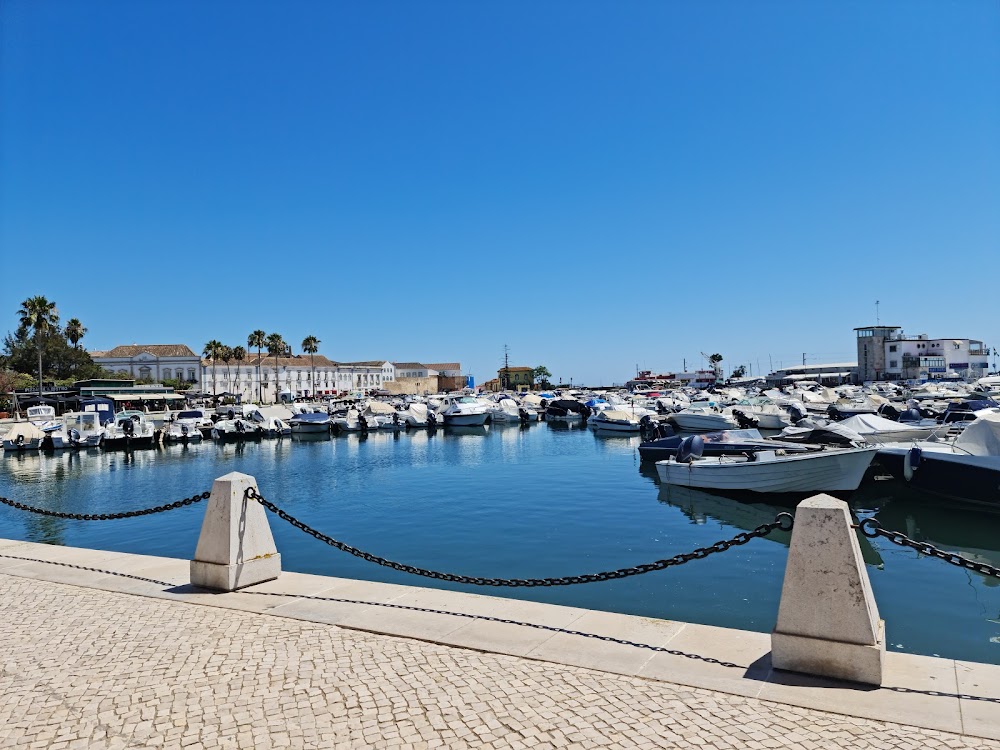Ria Formosa Natural Park (Parque Natural da Ria Formosa)
Overview
**Ria Formosa Natural Park: A Coastal Gem in Faro, Portugal**
Ria Formosa Natural Park, located in the picturesque city of Faro, Portugal, is a breathtaking coastal lagoon system that spans over 60 kilometers. This remarkable nature park was designated as a protected area in 1987 to conserve its unique combination of marshes, salt pans, islands, and mudflats, which together support an impressive diversity of flora and fauna.
The park's creation stemmed from the recognition of its ecological significance. Locals have long cherished the area for its stunning landscapes and abundant resources. The call for formal protection intensified when biologists and environmentalists identified the lagoon as a vital habitat for numerous species, especially birds. In response to this urgent need, the Portuguese government officially designated Ria Formosa as a Natural Park.
**A Dynamic Ecosystem**
Ria Formosa is anything but static; it is a dynamic environment shaped by tidal movements and sediment deposition. This ever-changing landscape plays a crucial role in the park's high productivity and biodiversity. Within its boundaries, you'll find five barrier islands: Barreta, Culatra, Armona, Tavira, and Cabanas. These islands act as natural shields, protecting the estuarine ecosystem from the direct influences of the Atlantic Ocean.
Efforts to maintain the park focus on continuous monitoring and thoughtful management, balancing human activities with nature conservation. Traditional practices such as fishing, salt extraction, and shellfish harvesting are carried out sustainably, enabling small fishing communities—such as those on Culatra Island—to uphold their traditional ways of life while contributing to conservation endeavors.
**A Birdwatcher's Paradise**
One of Ria Formosa's most celebrated features is its exceptional birdlife. The lagoon serves as a critical stopover for migratory birds journeying between Africa and Europe. Year-round, visitors can observe species like the greater flamingo, spoonbill, and various waders. Designated areas within the park, such as the Ludo Trail, offer ideal spots for birdwatchers to witness these magnificent creatures in their natural habitats.
**Cultural Heritage and Conservation**
Adding to the park’s charm is the Portuguese water dog, a breed that symbolizes the region. Historically, these dogs assisted fishermen by retrieving lost gear and herding fish into nets. Conservation efforts have successfully integrated the preservation of this cultural heritage with the natural environment, ensuring that both wildlife and traditional practices thrive.
Ria Formosa is also home to a variety of marine life, including the critically endangered seahorse population. The lagoon's warm, shallow waters provide an ideal habitat for these delicate creatures. To protect the seahorse, conservationists regulate fishing practices and conduct research aimed at ensuring their survival.
**Sustainable Tourism and Education**
Tourism within Ria Formosa is carefully managed to align with conservation goals. Eco-tours, guided walks, and educational activities are encouraged to enhance visitors' understanding and appreciation of the park's natural and cultural significance. Purpose-built boardwalks and observation points minimize human impact on sensitive areas while offering stunning views of the landscape.
The park's management team is also committed to habitat restoration projects, including reforestation efforts with native plant species and the rehabilitation of damaged ecosystems. These initiatives aim to boost biodiversity and enhance resilience against environmental changes, ensuring the park remains a vibrant ecosystem.
**Community Engagement**
Public education and community involvement have been instrumental in the success of Ria Formosa Natural Park. Local schools and organizations frequently engage in park-led programs and activities, fostering a sense of stewardship among residents. This commitment ensures that future generations will be dedicated to preserving this precious landscape.
In conclusion, Ria Formosa Natural Park exemplifies the harmonious coexistence of human activity and nature conservation. Thanks to ongoing efforts and collaboration among various stakeholders, this stunning and diverse lagoon continues to flourish, providing a sanctuary for wildlife and a haven for nature lovers alike.







